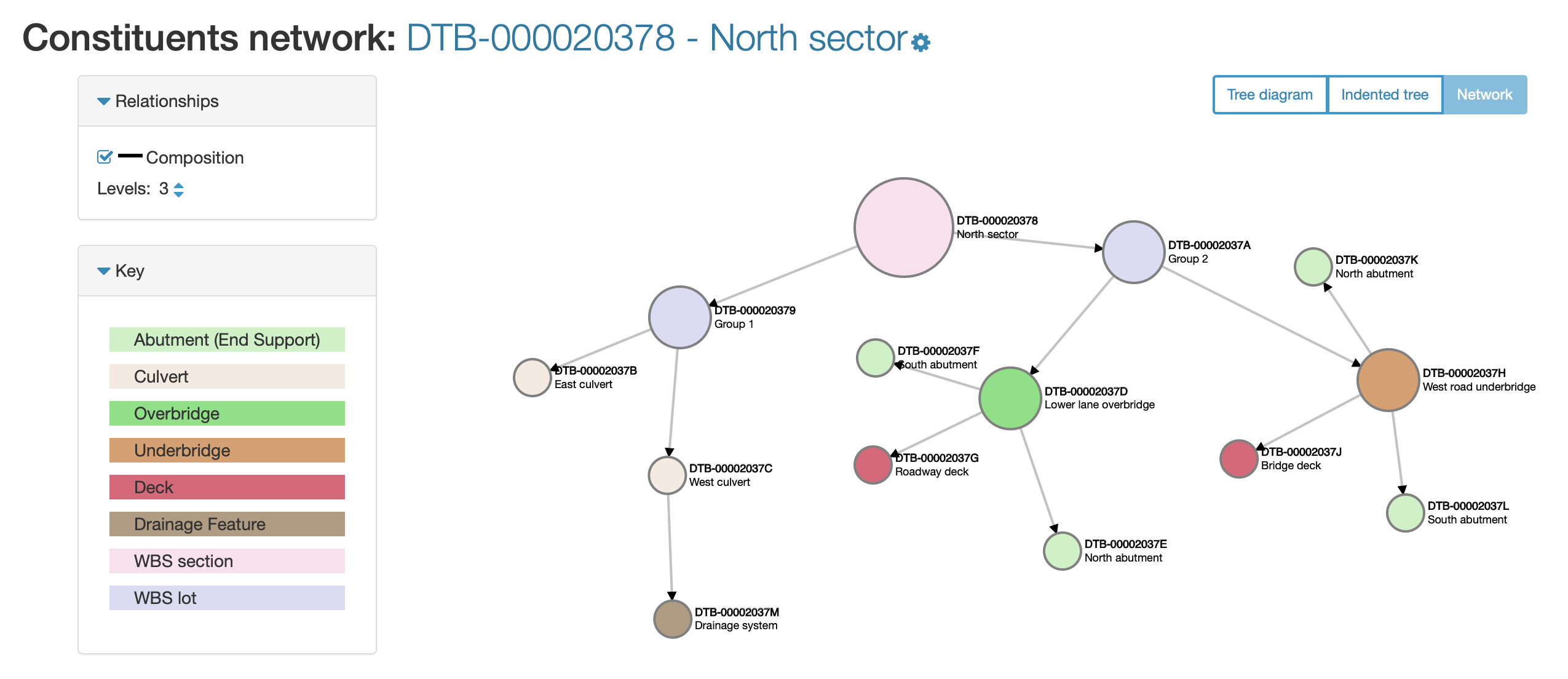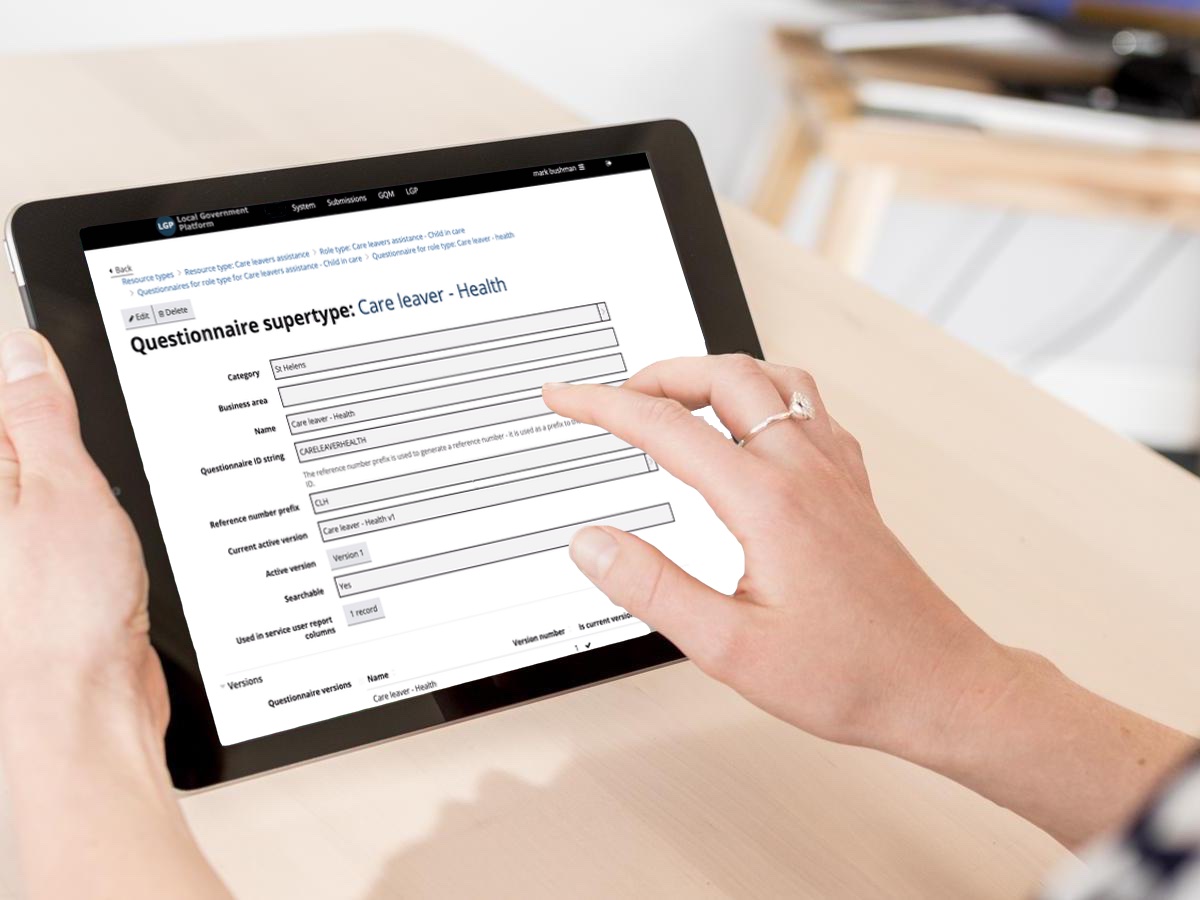Infrastructure owners and their delivery partners are increasingly aware of the need to maintain asset information throughout the design and build process. Building Information Modelling (BIM) is the standard means by which information about built assets is managed and delivered.
If you are accountable for the delivery of a large infrastructure project, your priorities will include bringing the project in on budget, delivery on schedule, site safety and ensuring availability of equipment and services. Asset information has traditionally run the risk of being an afterthought, but with the increasing digitalisation of all aspects of design and project management, this is having to change.
BIM allows the storage and communication of accurate, structured asset information between the various parties to a large project. How can this information be managed between the various parties and systems involved within a large project without massive overheads?
As some BIM software developers have created proprietary data structures in their software, data and files created by one vendor's applications may not work in other vendor solutions. To achieve interoperability between applications, neutral, non-proprietary or open standards for sharing BIM data among different software applications are absolutely essential.
You don’t want to dictate what systems will be used in the future; you want to use something that is completely neutral.
Accordingly, it is important to adopt a standard system with an interface that will work with anything. What you don’t want is for you, or your clients, to be tied down to a particular product or eco-system. You want to have flexibility!
AIMS, the Asset Register for construction projects from datb, delivers this flexibility
Poor software interoperability has long been regarded as an obstacle to industry efficiency in general and to BIM adoption in particular. With AIMS, this is not an issue.
Through its comprehensive web services, AIMS delivers the capability to connect to whatever you may want to use. This could be other systems or the CAD model of the structure.
AIMS also has the ability to generate AD4’s (Asset Data Dictionary Definition Documents) and share these throughout the supply chain. If there are changes to the asset specifications, including adding additional layers of data, this can all be passed back from the construction team to the scheme owner.
AIMS is an incredibly flexible solution. It’s non-prescriptive to what it will work with and is incredibly secure, sharing data only with those that need it (your teams and subcontractors alike), and easily accessed. The infrastructure owner and multiple contractors may operate their own instances of AIMS, with fully managed interchange of information between them allowing the controlled delivery of asset standards and information throughout the project lifecycle.
AIMS is available as software-as-a-service, allowing projects to start using it in days, and with no infrastructure requirements other than a standard browser.
To read more about how AIMS can facilitate exchange and interoperability of information in digital format, and deliver you significant benefits with your construction project, click here or to request a demo click here.




